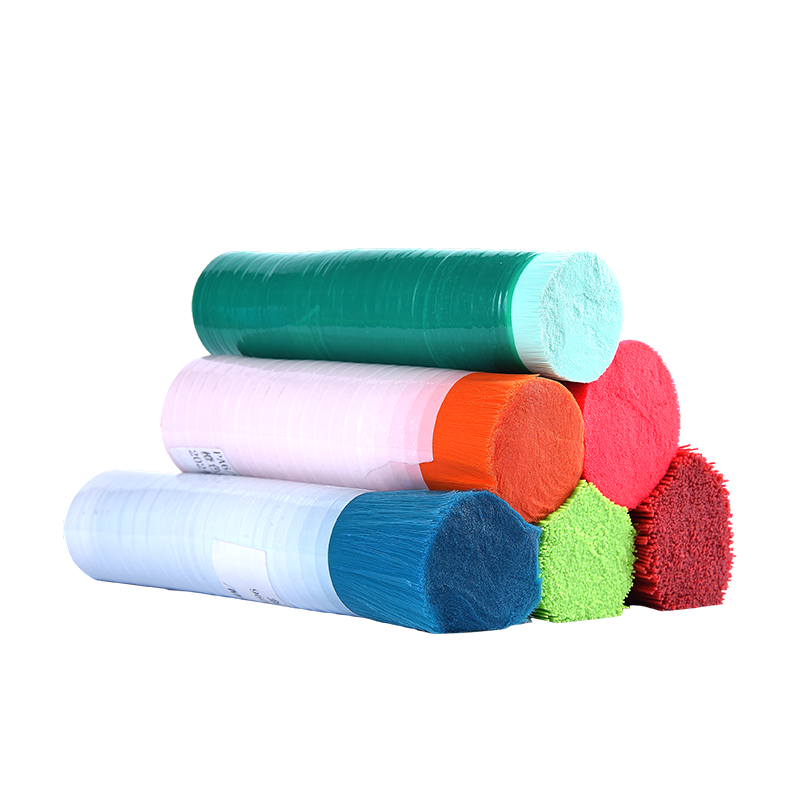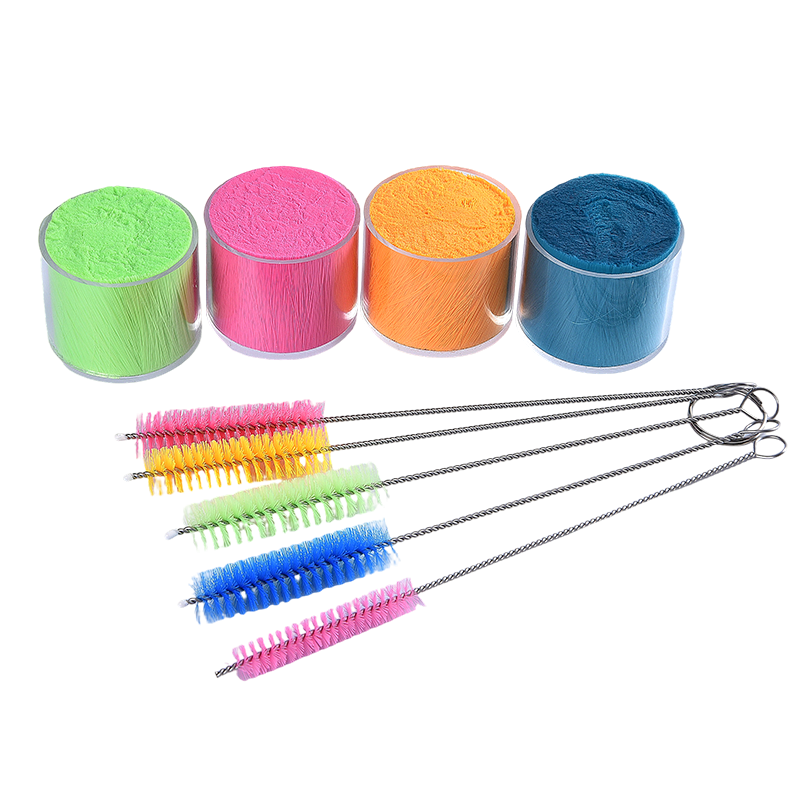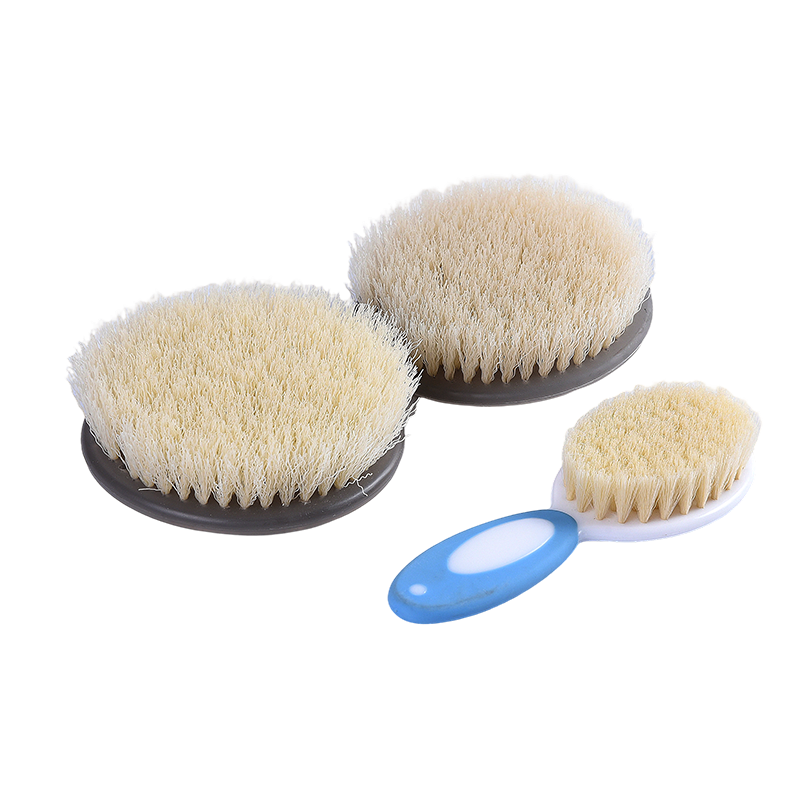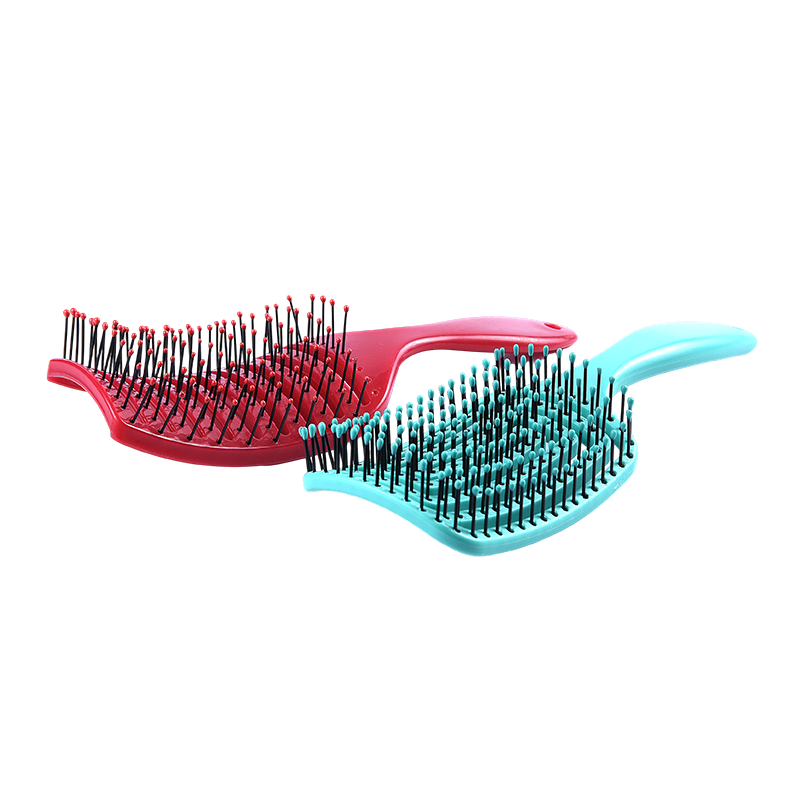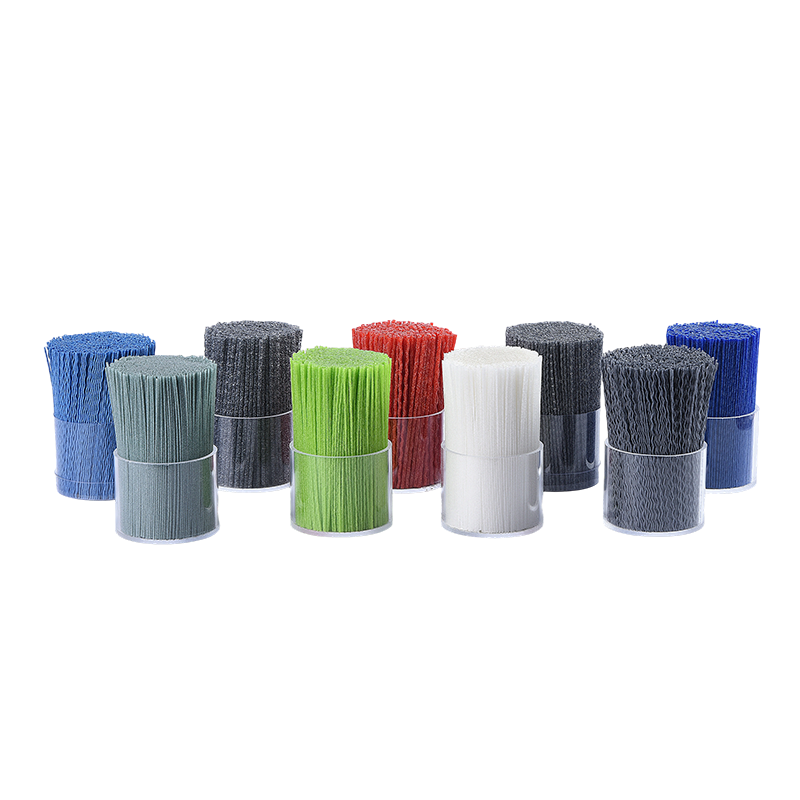Beyond acid-base resistance: What makes its chemical stability stand out?
When evaluating the performance of Nylon PA612 Brush Filament, acid-base resistance often takes center stage, but its chemical stability encompasses far more than this core trait. Among mainstream nylon materials, it stands out for its exceptional resistance to chemical erosion—capable of withstanding both strong and weak acids without compromising structural integrity, which is critical for applications in harsh chemical environments. Unlike some nylon variants that degrade or lose functionality when exposed to solvents, this filament maintains reliable stability even in contact with common industrial solvents, such as certain alcohols and mild hydrocarbons.
This robust chemical performance is closely linked to its ultra-low water absorption. With a water absorption rate of merely 0.6%, it avoids the stiffness loss and dimensional warping that plague other nylon filaments (like PA6 or PA66) in humid conditions. For use cases such as industrial cleaning brushes that remain submerged in water for extended periods or medical brushes that undergo frequent disinfection, this low water absorption ensures consistent chemical resistance over time, making it a more durable and predictable choice than alternative materials.
Antibacterial effect is confirmed: How does it achieve long-term safety?
The antibacterial properties of Nylon PA612 Brush Filament are not a surface treatment but an integral part of its material composition. During the extrusion process, safe, industry-approved antibacterial agents (such as modified nano-silver compounds or plant-derived antimicrobial additives) are blended into the nylon matrix. These agents work by disrupting bacterial cell membranes, effectively inhibiting the growth of common harmful bacteria—including those that cause plaque (relevant for toothbrushes) or surface contamination (critical for medical tools).
Safety is a top priority in this design. Since products like toothbrushes or oral care brushes come into direct contact with the human body, the antibacterial additives used meet strict global safety standards (such as FDA or EU REACH regulations), eliminating risks of toxic leaching or skin/oral irritation. For medical applications—such as surgical cleaning brushes or dental tools—this inherent antibacterial property adds an extra layer of protection against cross-contamination, complementing standard sterilization protocols to enhance overall safety. Importantly, this antibacterial effect does not diminish with repeated use or cleaning; it remains effective throughout the filament’s service life.
Mechanical properties are excellent: Can it balance toughness and durability?
While its chemical and antibacterial traits are impressive, Nylon PA612 Brush Filament also excels in mechanical performance—dispelling the myth that functional materials must sacrifice basic strength. It boasts high tensile strength and impact resistance, allowing it to withstand heavy loads without breaking. Its wear resistance is equally notable: in high-friction scenarios (such as industrial polishing for wood or metal surfaces), the filament maintains its shape and texture even after prolonged use, ensuring consistent performance for tasks that demand precision.
Elastic memory and bending recovery are another key advantage. Unlike rigid filaments that deform permanently after repeated bending, Nylon PA612 can quickly revert to its original shape—an essential feature for brushes that require flexibility, such as cosmetic powder brushes or interdental brushes. Even after thousands of bending cycles (common in daily use), it retains its elasticity, preventing the “splayed” or “loose” bristle issue that shortens the lifespan of lower-quality brushes. Additionally, it performs reliably in low-temperature environments (down to approximately -20°C), with no significant drop in mechanical strength, expanding its use to cold-storage cleaning or outdoor industrial applications.
Application scenarios are extensive: Is it suitable for both daily and industrial use?
The comprehensive performance of Nylon PA612 Brush Filament translates to a remarkably wide range of applications, spanning consumer daily use and industrial production. In consumer goods, it is a preferred material for high-end toothbrushes—thanks to its antibacterial properties, soft bristle texture, and bending recovery, which minimize gum irritation while ensuring effective cleaning. It is also used in cosmetic tools (such as foundation brushes or nail art brushes) for its ability to hold product evenly and maintain shape, and in household cleaning brushes (for kitchen or bathroom use) due to its resistance to detergent chemicals.
In industrial settings, its versatility shines. It is used to manufacture high-speed polishing brushes for automotive or furniture surfaces (relying on its wear resistance), glass cleaning machine rollers (benefiting from its chemical stability), and even marine cleaning brushes (withstanding saltwater corrosion). In the medical industry, it is employed for specialized brushes (such as endoscope cleaning tools) due to its antibacterial safety and compatibility with harsh disinfectants. From personal care to heavy industry, its ability to adapt to diverse conditions makes it a multi-purpose solution.
Compared with other nylons: What are its unique advantages?
When pitted against other PA-series brush filaments, Nylon PA612’s comprehensive performance gives it distinct advantages. Compared to PA6 (a common low-cost nylon), it offers far lower water absorption (0.6% vs. PA6’s 3.5–4%), resulting in better dimensional stability—critical for automated brush manufacturing, where precision bristle length and shape are non-negotiable. Compared to PA66 (a high-strength nylon), it provides superior chemical resistance and low-temperature performance, making it more suitable for outdoor or chemical-exposed applications.
Even when compared to PA610 (a similar mid-range nylon), Nylon PA612 has clear edges: it has a lower density (reducing material weight for lightweight products), better transparency (useful for aesthetic applications like clear cosmetic brushes), and more comprehensive solvent resistance. These advantages make it the top choice for high-value applications that demand multiple performance traits—such as medical brushes (needing antibacterial, chemical, and mechanical strength) or premium industrial tools (requiring durability, chemical resistance, and low-temperature stability).


 English
English русский
русский Türk
Türk